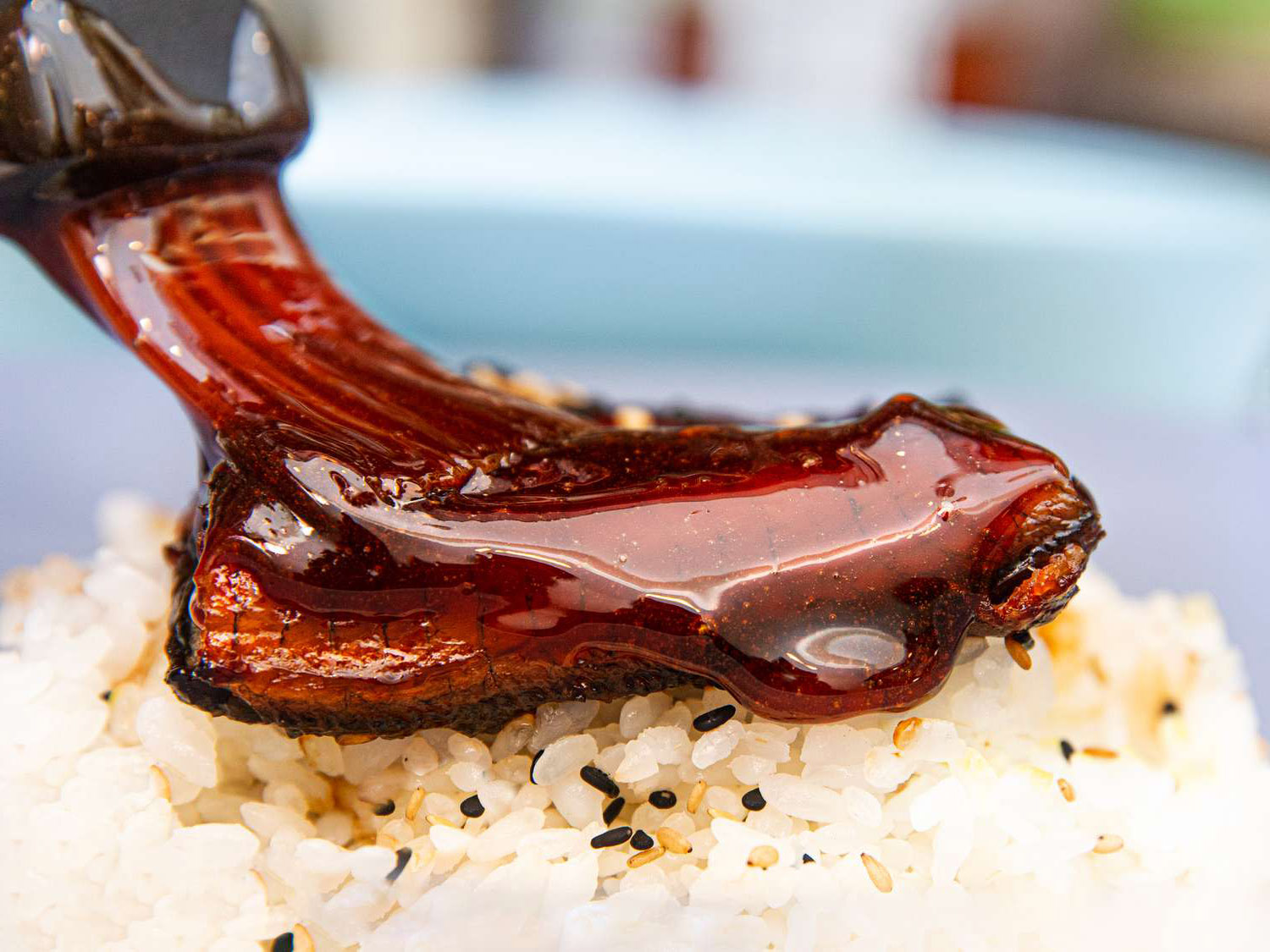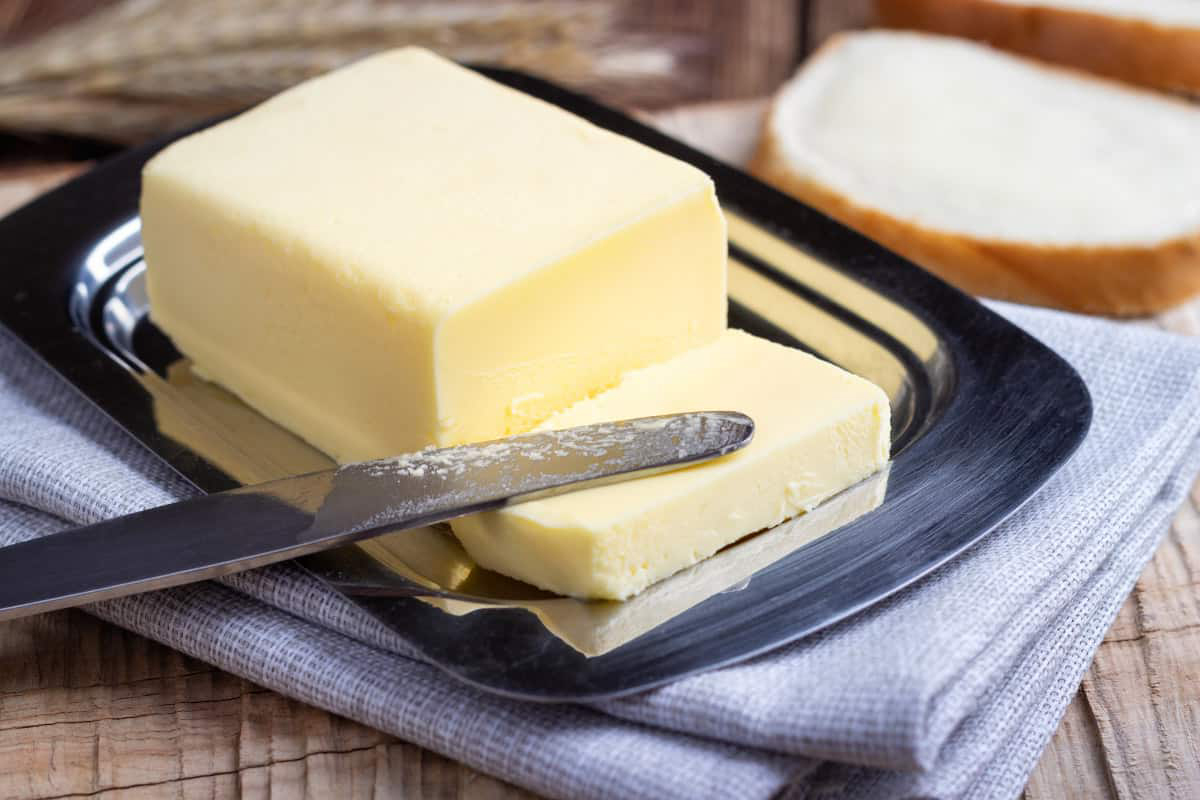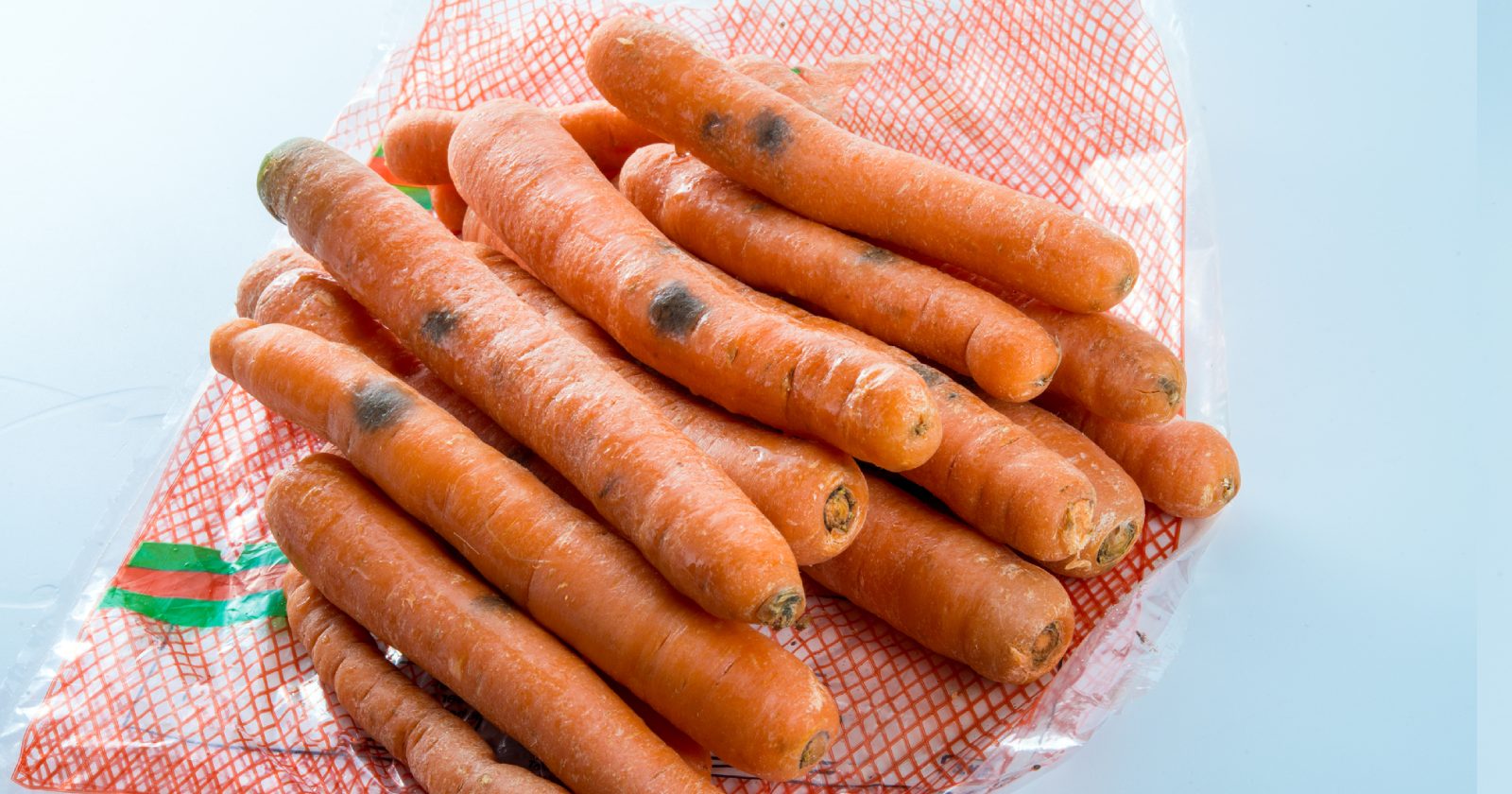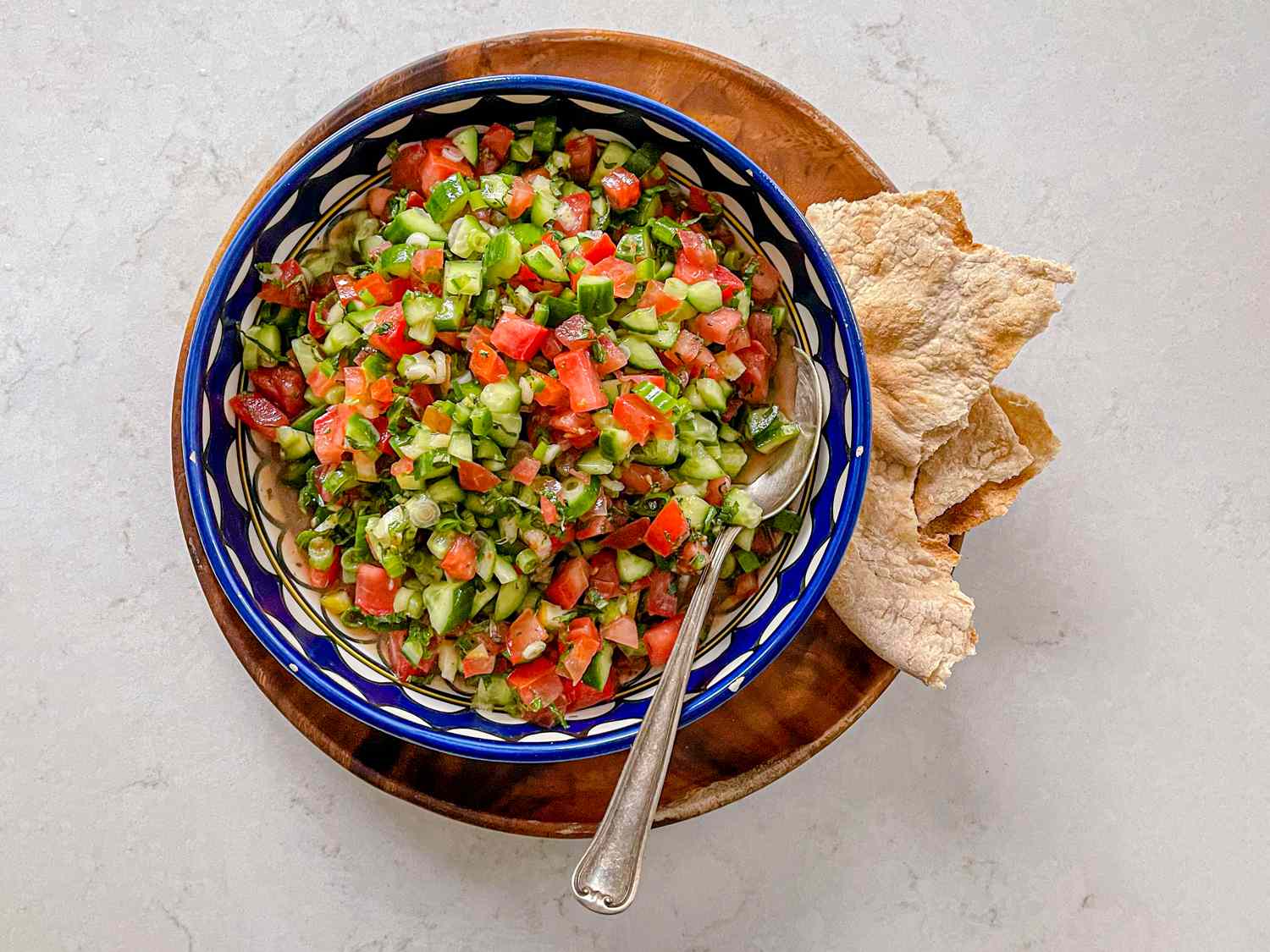Understanding French Dressing
French dressing is a popular and versatile condiment that is commonly used in salads and as a dipping sauce. It is known for its tangy and slightly sweet flavor, making it a favorite among food enthusiasts. But what exactly is French dressing, and how is it different from other types of dressings?
Ingredients
French dressing typically consists of a blend of oil, vinegar, ketchup, sugar, and a mix of herbs and spices. The combination of these ingredients gives French dressing its unique flavor profile. Some variations may also include ingredients such as mustard, Worcestershire sauce, and paprika to enhance the taste.
Flavor Profile
The flavor of French dressing is characterized by its tanginess from the vinegar, sweetness from the sugar or ketchup, and a hint of savory notes from the herbs and spices. This well-balanced combination of flavors makes it a versatile dressing that can complement a wide range of salads and dishes.
Usage
French dressing is commonly used as a dressing for green salads, pasta salads, and coleslaw. Its tangy and slightly sweet flavor pairs well with fresh vegetables and leafy greens, adding a burst of flavor to the dish. Additionally, it can also be used as a marinade for meats or as a dipping sauce for appetizers such as chicken tenders or vegetable sticks.
How It Differs from Other Dressings
French dressing is often confused with other dressings such as vinaigrette or Italian dressing. While vinaigrette is a simple mixture of oil and vinegar with added seasonings, French dressing contains additional ingredients like ketchup and sugar, giving it a sweeter and more robust flavor. Italian dressing, on the other hand, typically includes ingredients such as garlic, onion, and Italian herbs, resulting in a different flavor profile compared to French dressing.
Homemade vs. Store-Bought
French dressing is readily available in most grocery stores, but many people also enjoy making their own homemade version. Making French dressing at home allows for customization of the ingredients and flavors to suit individual preferences. It also gives the satisfaction of creating a fresh and preservative-free dressing.
Conclusion
French dressing is a beloved condiment that adds a burst of flavor to salads and dishes. Its unique blend of tangy, sweet, and savory flavors sets it apart from other dressings, making it a versatile and popular choice for many culinary enthusiasts. Whether store-bought or homemade, French dressing is a delicious addition to any meal.
Was this page helpful?
Read Next: What Is The Kale Chips Recipe











